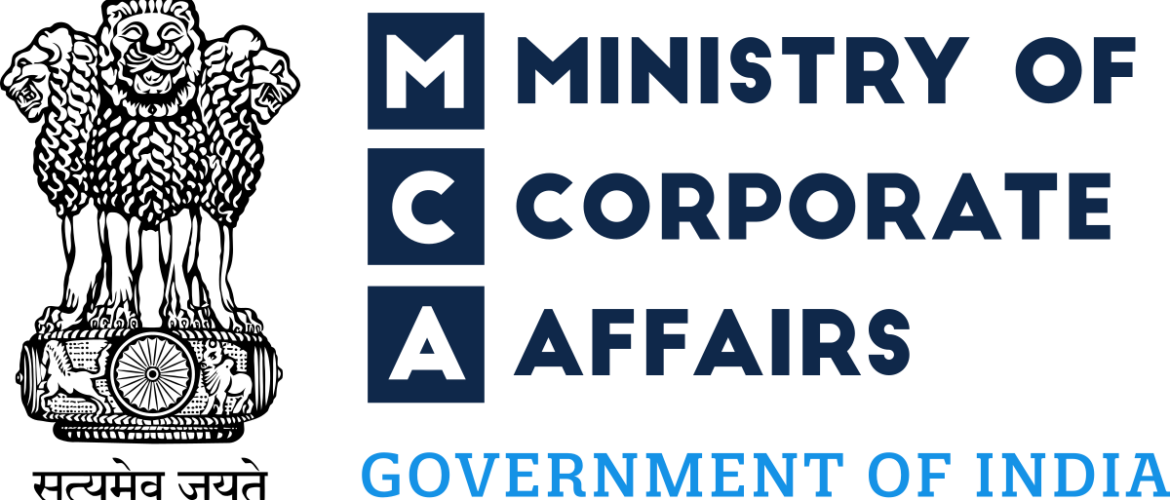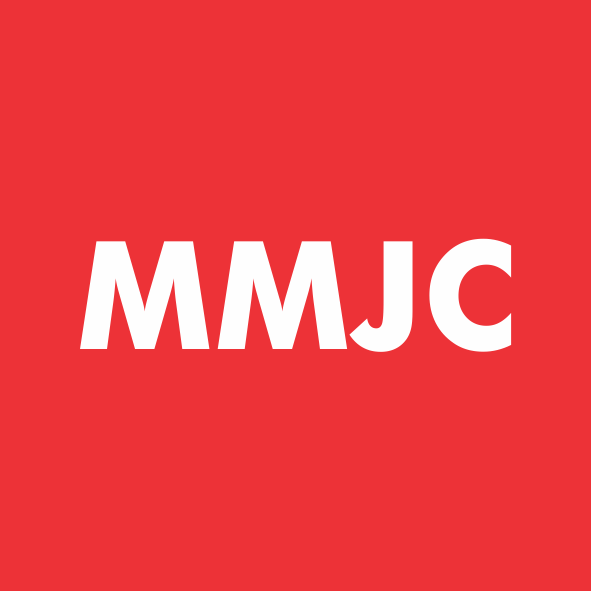Newsletter - MMJC - Page 2

Directorship Caps: Equity and High Value Debt Listed Entities
Background The Securities and Exchange Board of India (Listing Obligation and Disclosure Requirements) regulations, 2015 (‘SEBI LODR’) were amended with effect from 27th March 2025, vide SEBI LODR amendment regulations 2025 [‘LODR amendment’]. LODR amendment revamped provisions relating to High Value Debt Listed Entities (‘HVDLE’). HVDLE is an entity which has principal value of listed

SEBI Ups the Ante: Enhanced Corporate Governance for High-Value Debt Listed Entities
Securities and Exchange Board of India (‘SEBI’) vide its amendment notification Securities and Exchange Board of India (Listing Obligations and Disclosure Requirements) (Amendment) Regulations, 2025 [‘LODR amendment’] dt: March 27, 2025, notified provisions for High Value Debt Listed Entities [‘HVDLE’]. HVDLE means an entity who has its listed non-convertible debt securities listed on a recognized

Scrutiny of Compliance with Accounting Standards by Registrar of Companies.
Section 133 of the Companies Act 2013 (‘the Act’) authorises the Ministry of Corporate Affairs (‘MCA’) in consultation with National Financial Reporting Authority (‘NFRA’) to prescribe the accounting standards to be followed by companies while preparing the financial statements. Accordingly, MCA had notified accounting standards prescribed by the Institute of Chartered Accountants of India (‘ICAI’)on 7th December 2009and

Common Mistakes in Board’s Report vis-à-vis Enforcement by Registrar of Companies
Introduction Section 134(3) of the Companies Act, 2013 [‘the act’] states that a report of the board of directors shall be attached to statements laid down before the company in the general meeting. Section 134(3), read with rule 8 of Companies (Accounts) Rules, 2014, also provides an inclusive list of items required to be disclosed in the board’s report

Material Misstatements in DRHP: SEBI’s Enforcement Actions
Introduction In recent years, India has seen a wave of IPOs, making it more important than ever for regulators to keep a close watch on company disclosures. For businesses looking to go public, this means they need to be completely transparent and provide accurate information. At the same time, merchant bankers must dive deeper into

IPO LISTING GAINS–A CONUNDRUM
IntroductionInitial Public Offerings (IPOs) have long been a cornerstone of the financial markets from decades, offering Companies a pathway to raise capital and to investors, an opportunity to participate in the growth story of emerging businesses. One of the most talked-about aspects of IPOs is the phenomenon of “listing gains” – the profit investors make

IPO Eligibility Criteria: What Companies, Promoters, and Directors Must Know
Introduction In India, the process of launching an Initial Public Offering (IPO) on main board of a recognised stock exchange is a significant milestone for any company looking to raise capital from the public. However, before a company, its promoters, or directors can embark on this journey, they must meet several stringent eligibility criteria set

IPO Preparedness: The Role of Key Committees in Corporate Governance
Introduction Going public is a transformative journey for any company, bringing new responsibilities, higher scrutiny, and the need for stronger governance structures. SEBI (Listing Obligations and Disclosure Requirements) Regulations, 2015 (LODR) and the Companies Act, 2013 mandate listed entities to constitute key board committees to ensure compliance, risk management, and investor protection. For companies preparing

IPO Preparedness- Composition of Board of Directors
Introduction An Initial Public Offering (IPO) marks a major milestone in a company’s growth journey. By offering shares to the public and getting listed on the stock exchanges, a company gains access to capital while also taking on new responsibilities. One of the most crucial duties after an IPO is maintaining transparency with shareholders. This

Common Grounds for Rejection of DRHP – Measures to Avoid them
Introduction When a company looks to raise capital through a public offering, the Draft Red Herring Prospectus (‘DRHP’) is a crucial document that must be submitted. Securities and Exchange Board of India (‘SEBI’)’ (Framework for Rejection of Draft Offer Documents) Order, 2012 stresses the importance of clear and complete disclosures, in line with Schedule VI
